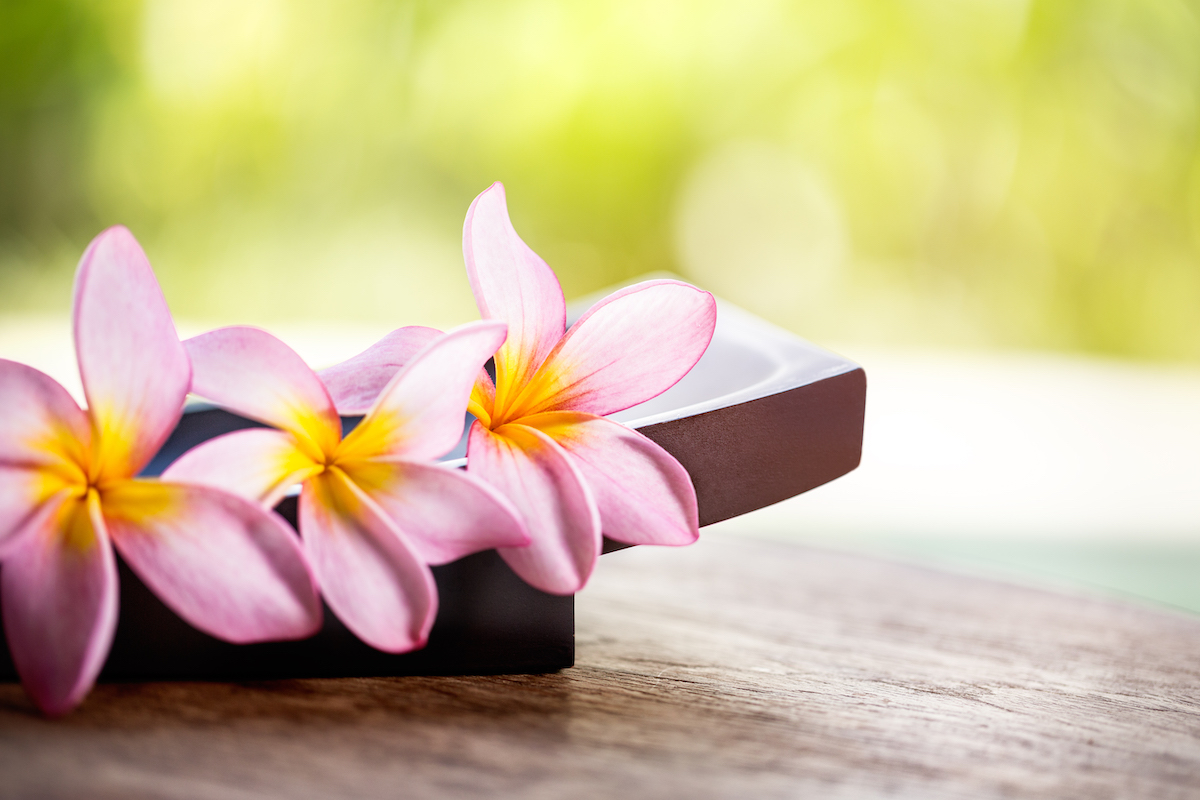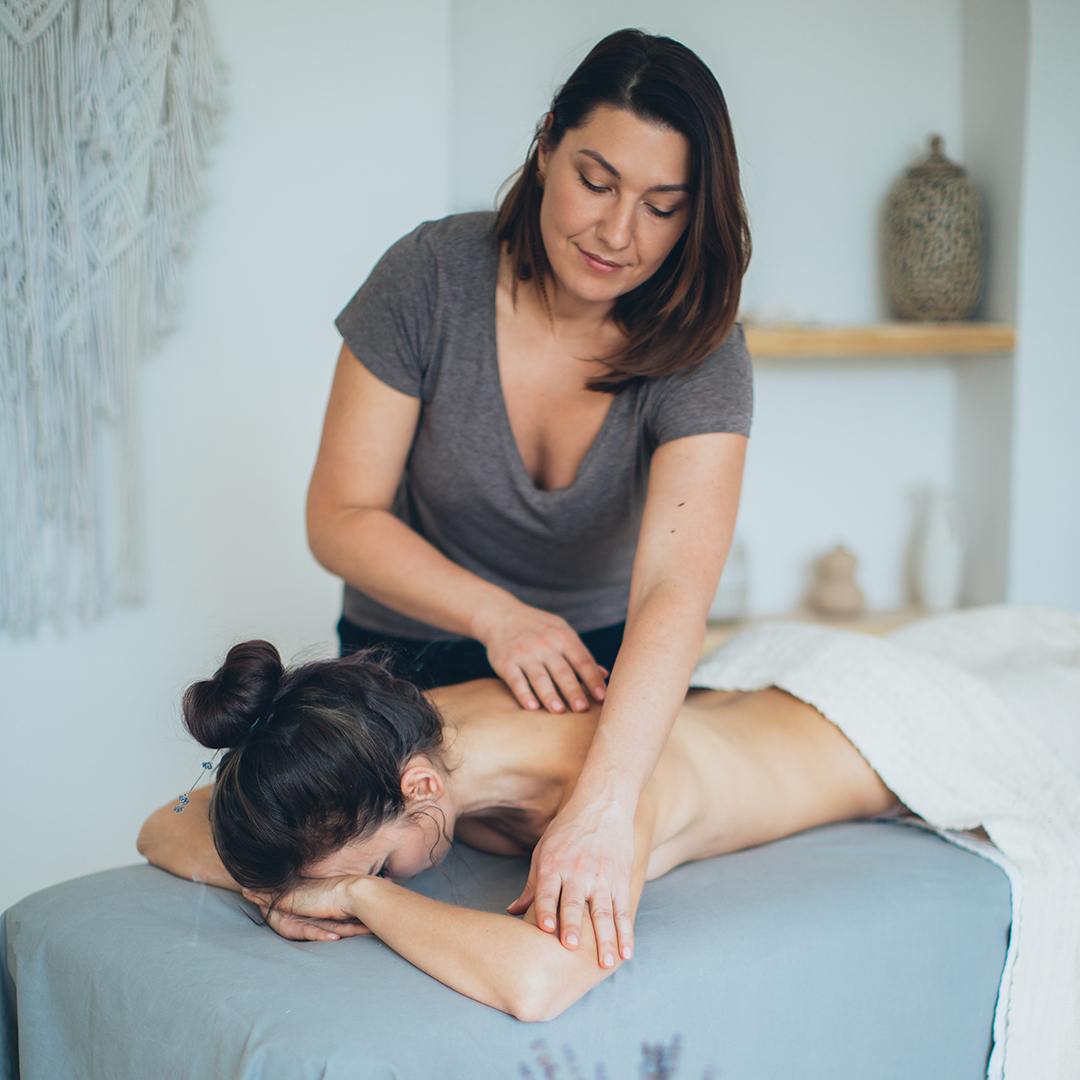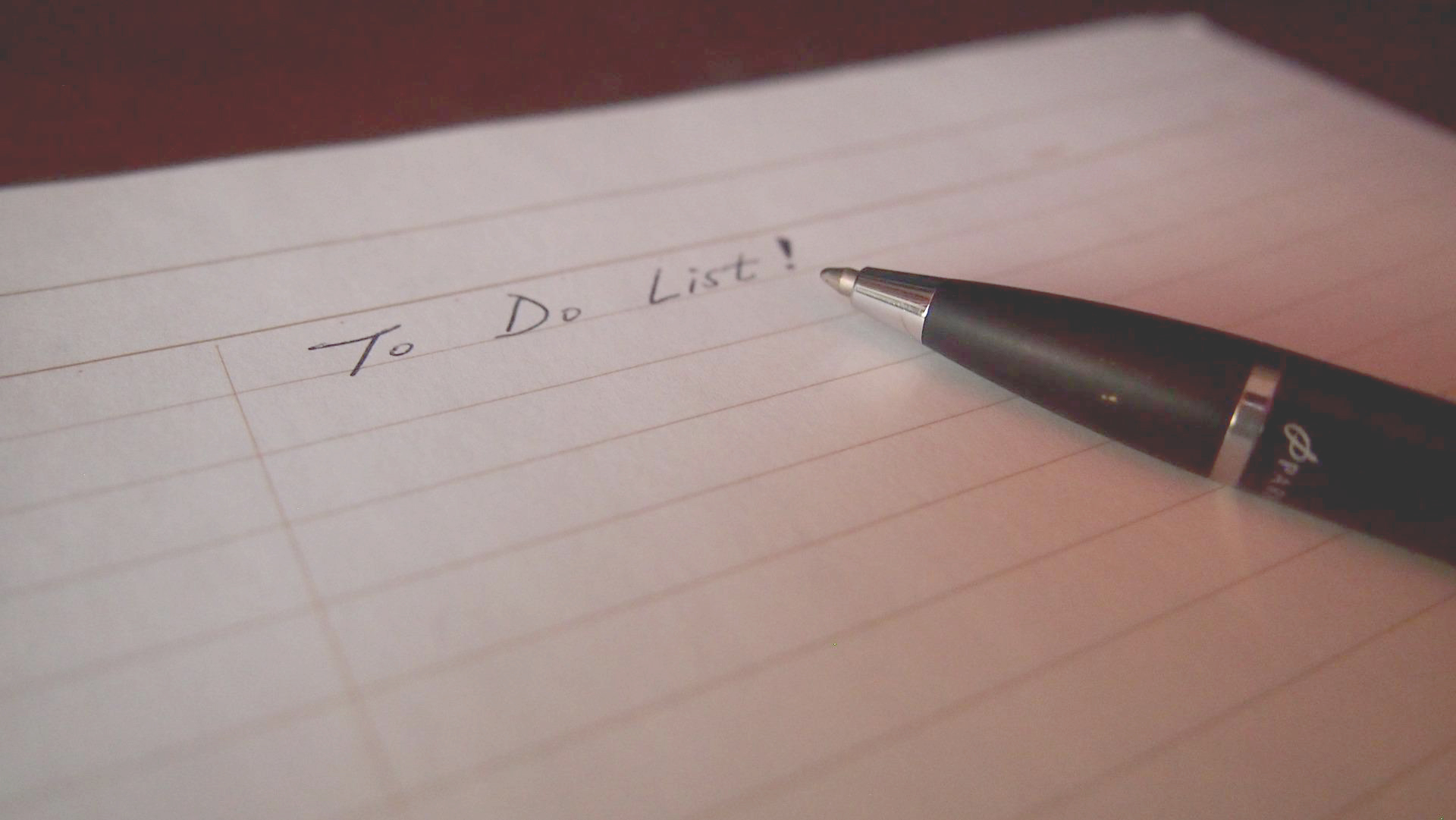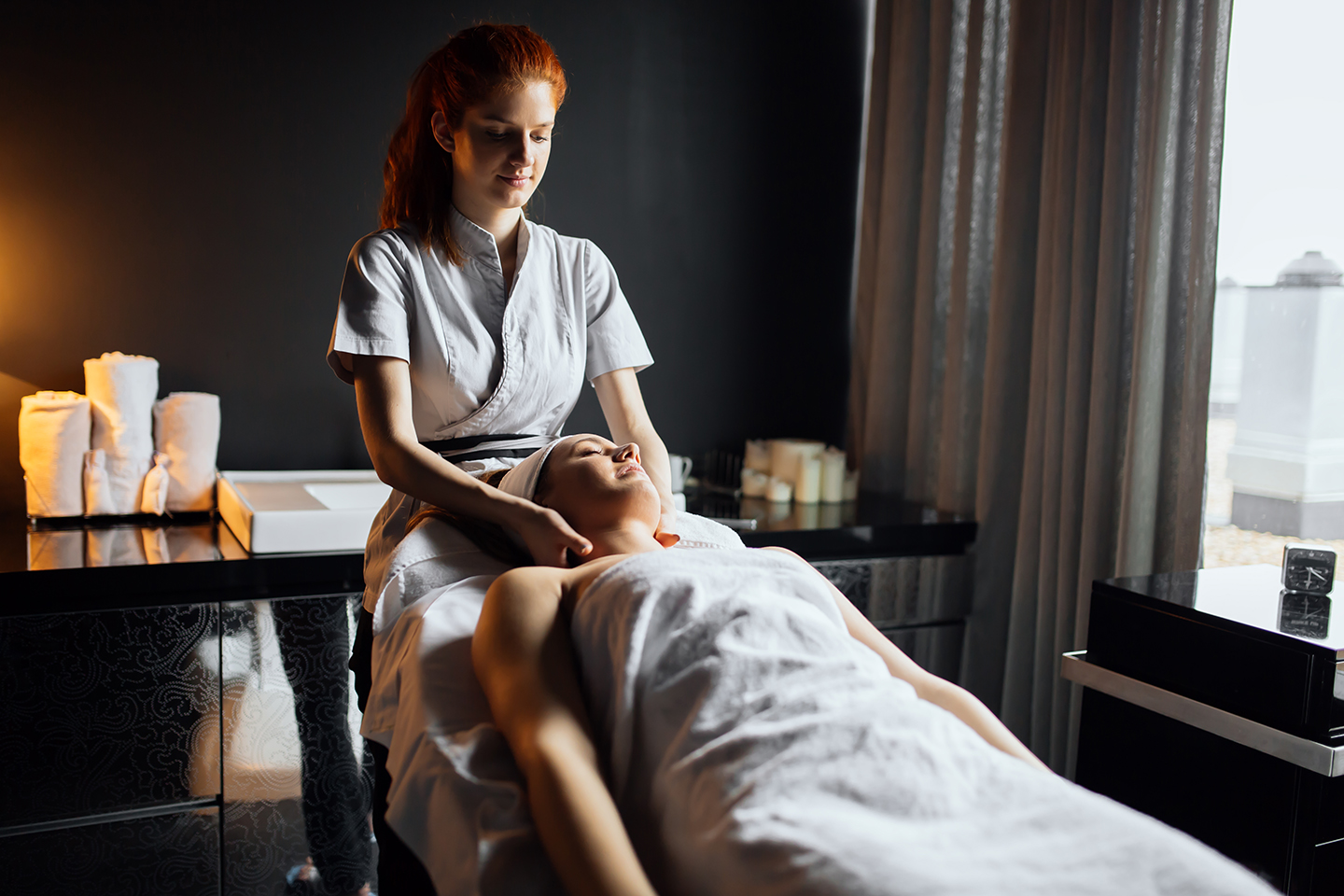When you think of deep tissue massage, which tools spring to mind? Do you picture a therapist’s strong hands, thumbs, and perhaps elbows? Massage tools, such as cups and rollers, may appear on your list if you’re already a professional in massage. Portland, Oregon may not have considered a less common tool for deep tissue massage—your feet! Today we’re taking a look at Fijian Barefoot Massage, a massage modality similar to Ashiatsu barefoot massage, as we covered in a previous blog post.
What is Fijian Barefoot Massage?
In Fijian barefoot massage, the client lies on pads on the floor and stays clothed. The therapist stands or sits above and delivers massage using their feet. Influenced by Chinese medicine, Japanese Anma massage, Shiatsu massage, and Rossiter Technique, Fijian massage originated in the Fijian and New Zealand islands, and was brought to the United States by Lolita Knight.
Using deep pressure and jostling movements, a therapist trained in Fijian barefoot massage uses the bony structures of the feet to loosen tissue adhesions, and to improve neuromuscular connections to inhibited muscle groups. The therapist often balances on one foot while using the other for massage. Through pressure and rocking, an LMT trained in Fijian barefoot massage can bring the body into a parasympathetic, “rest and digest” state of relaxation and healing.
Compared to Ashiatsu barefoot massage, Fijian barefoot massage tends to target muscle groups more systematically. The heel of the foot is perfect for delivering deep tissue work. Indeed, the muscles of the leg and foot are generally stronger than those of the shoulder and arm, making barefoot massage more sustainable for the massage therapist.
Fijian Barefoot Massage Benefits
The client benefits include…
*Deeper tissue work, delivered through the strong leg and foot muscles.
*A sense of being grounded, thanks to the positioning of the body on the floor, rather than a table.
*Deep relaxation through the ancient techniques of Fijian barefoot massage.
Benefits for the massage therapist include…
* A decreased change of injury. Many therapists injure themselves through deep tissue work. Therapists who add Fijian barefoot massage to their repertoire enjoy decreased changes of developing carpal tunnel syndrome and other repetitive motion injuries.
* Increased marketability. Massage clients enjoy a change of pace from time to time. Experienced massage clients will enjoy receiving a new type of massage.
Who can benefit from Fijian Barefoot Massage?
While anyone will enjoy receiving a Fijian barefoot massage, those who suffer deep, lingering muscle tension in predictable patterns will especially benefit from repeated sessions of Fijian massage, in which trigger point work can help decrease pain.
Fijian barefoot massage may not be the best choice for clients who have a difficult time lying on the floor.
This January, you’ll have the chance to learn Fijian massage from Debbie DeNardo, who worked as Lolita Knight’s teaching assistant and marketing manager. With thirteen years of massage experience, Debbie is a certified instructor of NCBTMB-approved continuing education courses. She’s presenting several courses of continuing education for massage therapy at East West college this winter, including “Fijian Barefoot Massage To Go” on January 25th, 2020. Check out her other offerings at our school of massage, Portland therapists, by visiting our Continuing Education website, or register via phone at 503-233-6500.




